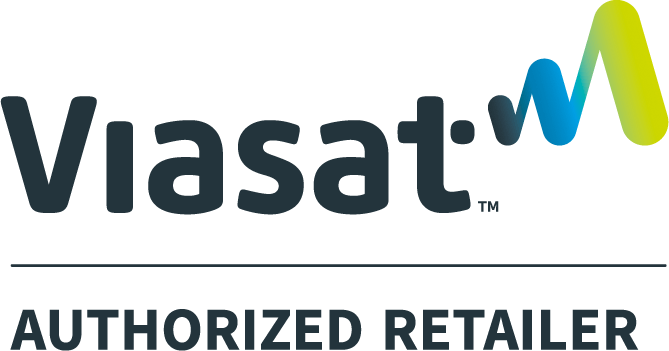Guide to USB Internet
Table of Contents
USB internet allows people to get online without having to use a desktop computer connected to a wired modem. Most digital devices have at least one USB port, and some devices have several. You can use your USB port to get online no matter where you are.
What Do I Need to Get Online Wirelessly?
Some devices such as laptops and tablets have a built-in modem that can access the internet using Wi-Fi. Cell phones connect through either 5G or 4G LTE, which gives them access to the internet and allows them to function as USB cellular modems.
USB network adapters serve as portable internet modems for laptops, tablets, and remote devices. USB internet adapters help remote networks connect anywhere you can plug in, while USB Wi-Fi adapters can even get your home computer online without an Ethernet cable.
Wireless adapters can be as complex as USB LTE modems or as simple as a USB internet stick that you plug into a port. USB modems are about the size of a deck of playing cards, and act just like Ethernet modems. TP links are like mini-modems, no larger than a flash drive or wireless internet stick but able to connect you to the internet remotely.
Remote USB is a way to share USB over a cloud service. You’ll also need USB-over-IP software, but some operating systems have that software built in. Users who have subscriptions to cloud services that offer USB over IP don’t need a modem or stick.
Mobile Hotspots

One popular way to get a wireless connection is tethering via mobile phone. Many mobile phone plans have the option for a mobile hotspot, which is a Wi-Fi signal from your mobile phone that accesses the internet through your SIM card. This signal can be accessed by wireless devices. It can also be plugged in, or “tethered,” to your device’s USB port.
To tether a device to your cell phone, you may need to give that device permission to access the phone and the wireless network created by the hotspot. Any connected USB device can be tethered to your phone this way.
You should also be aware of how much data your cell phone plan has. Mobile hotspots use data the same way your Ethernet-connected home computer does, and if you run out of data, even your mobile hotspot will slow to a crawl. Some mobile hotspots must be turned on and off manually, so be mindful not to accidentally use up your data by forgetting to turn off your hotspot.
Data and Data Limits
Data limits, data caps, and data throttling are often a feature of mobile internet plans.
A data limit or data cap refers to the maximum amount of data your plan allows you to use. Often plans have very high limits in the hundreds or thousands of gigabytes, especially for Ethernet access, but mobile plans might have as few as 10-20 GB. So what can you do if you exceed your limit?
Usually there are two options. You may be “throttled,” which means your data will be bottlenecked and your internet very slow. The other option is to purchase more data. Having to purchase more data can be expensive, so you want to ensure your data cap is adequate for your needs.
What’s Your Plan?
The most common mobile internet plan is a cell phone plan. But mobile internet plans come in a wide variety. Most ISPs sell mobile internet plans that you can use for any device.
If you have cloud service, you may consider using USB-over-IP as well as hardware methods of getting online.
When shopping for a plan, you will also want to check into coverage for the locations where you intend to use the internet remotely. If a plan doesn’t cover one area where you will be using it, you will need to seek an alternative.
You also want to make sure you’re getting the best deal for your money. If your remote internet use is sporadic or sparse, you might not need as much as someone who is online all the time. Periodically checking emails or invoices doesn’t take as much data as running an entire business out of your vehicle while traveling from place to place.
As more businesses become remote, USB internet connections are becoming ever more common. Comparing your mobile internet plan with what carriers offer in your area can help save you money and extend your online reach. With a little bit of research, you can find out if your plan is the best available to you, or choose a new mobile internet provider.

